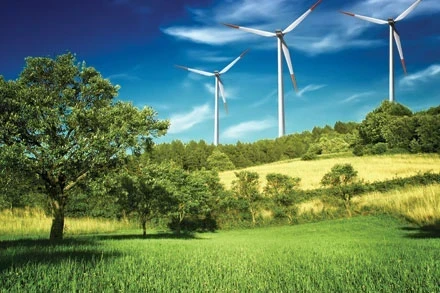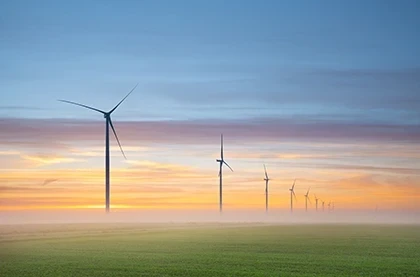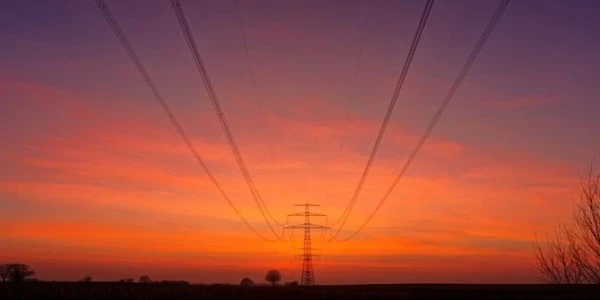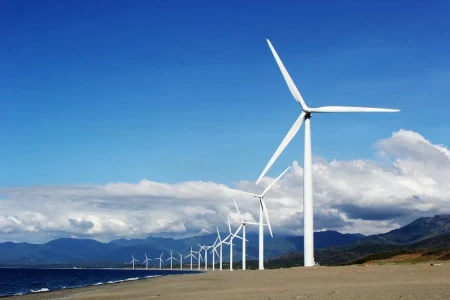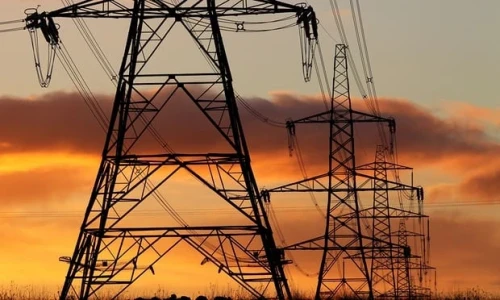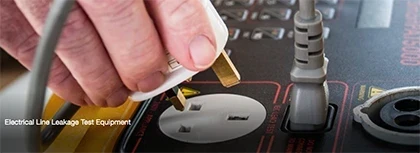Unlocking Energy Potential: The DOE Transmission Planning Study and High Opportunity Interregional Interfaces

In an era marked by the urgent need for sustainable energy solutions, the U.S. Department of Energy (DOE) has embarked on a transformative initiative to enhance interregional transmission planning. The latest findings from the DOE’s transmission planning study have identified several “high opportunity” interregional interfaces, which could play a crucial role in integrating renewable energy resources and strengthening the national grid.
The Context of the Study
As the U.S. transitions toward a cleaner energy future, the demand for robust and flexible transmission infrastructure has never been more critical. With an increasing reliance on renewable energy sources, such as wind and solar, the geographic disparity between energy production and consumption presents significant challenges. Many renewable resources are located far from urban centers, necessitating a more interconnected grid that can efficiently transport electricity where it is needed.
The DOE’s study aims to identify and analyze key interregional interfaces that can facilitate the movement of electricity across state and regional boundaries. By focusing on these high opportunity areas, the study seeks to pave the way for strategic investments in transmission infrastructure that will enhance grid resilience, reduce costs, and support the nation’s decarbonization goals.
Identifying High Opportunity Interfaces
The DOE’s analysis has pinpointed specific interregional interfaces that present significant potential for improved electricity flow. These interfaces are characterized by a combination of factors, including existing infrastructure, resource availability, and the potential for enhanced grid reliability. By leveraging these high opportunity interfaces, the DOE envisions a more integrated and efficient energy system.
For instance, certain regions with abundant wind resources, such as the Midwest, have the capacity to export electricity to demand-heavy areas in the East Coast and West Coast. By investing in transmission lines that connect these regions, the U.S. can reduce reliance on fossil fuels and enhance energy security.
Economic and Environmental Benefits
The economic implications of enhancing interregional transmission are substantial. By optimizing the flow of electricity, utilities can reduce congestion costs, lower energy prices, and improve overall market efficiency. The DOE estimates that the benefits of investing in high opportunity interregional interfaces could amount to billions of dollars in savings for consumers and businesses.
From an environmental perspective, better transmission planning is essential for meeting national climate goals. The increased integration of renewable energy resources can significantly reduce greenhouse gas emissions, helping to combat climate change. Furthermore, a more interconnected grid can enhance the resilience of the energy system, making it better equipped to handle extreme weather events and other disruptions.
Addressing Challenges
While the potential benefits of enhancing interregional transmission are clear, several challenges must be addressed to realize this vision. Regulatory hurdles, funding constraints, and the need for coordination among various stakeholders can complicate the planning and implementation processes. Moreover, local opposition to new transmission projects can pose additional obstacles.
To overcome these challenges, the DOE emphasizes the importance of stakeholder engagement. Collaborative efforts involving utilities, state regulators, local communities, and environmental organizations will be essential for building consensus around proposed projects. Clear communication about the benefits of enhanced transmission infrastructure will be crucial for garnering public support.
Looking Ahead
The findings from the DOE’s transmission planning study mark a significant step forward in the quest for a sustainable energy future. By focusing on high opportunity interregional interfaces, the DOE is laying the groundwork for strategic investments that can enhance grid resilience and support the integration of renewable energy.
As the nation moves forward, the success of this initiative will depend on collaborative efforts among all stakeholders involved in the energy sector. Policymakers must prioritize the development of interregional transmission infrastructure, while utilities must invest in the technologies and resources needed to facilitate this transition.
Conclusion
The DOE’s identification of high opportunity interregional interfaces underscores the importance of modernizing the U.S. energy grid to meet the challenges of the 21st century. By enhancing interregional transmission planning, the U.S. can not only improve the reliability and efficiency of its energy system but also make significant strides toward achieving its climate goals. As we embrace this transition, the potential for a cleaner, more resilient energy future lies within our grasp, driven by innovative planning and strategic investment in our transmission infrastructure.

